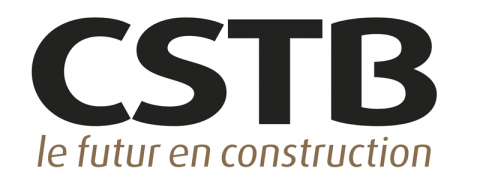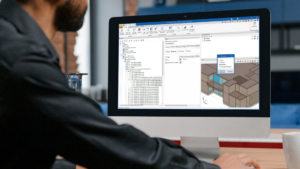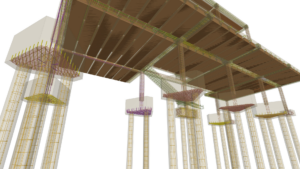


CYPE and the French Scientific and Technical Center for Building (CSTB) have just developed a program for the French market to calculate the Life Cycle Assessment (LCA) of a building in France. The software tool, called ELODIE by CYPE, will meet the needs of professionals who will be required to submit a technical report on the life cycle of buildings as of 1 January 2022 under the new RE2020 regulations.
The new RE2020 regulation, which replaces the previous RT2012, is more ambitious from the sustainability point of view applied to the construction and housing sector, as it includes new sections related to the carbon footprint of new buildings and their effects on energy efficiency. Therefore, the ELODIE by CYPE program will analyse the construction elements and equipment integrated into the building, the impact of the building work itself and aspects such as water and energy consumption during the lifespan of the building.
In the first phase of implementation, the RE2020 standard will be mandatory for residential buildings and in 2022 for office and education buildings. According to Patrick Corrales, head of the CSTB's Software Development Department, ELODIE by CYPE solves many of the constraints faced by French specialists by "minimising the time spent on life cycle analysis, allowing the study to be started as early as possible and updated throughout the project". He also explains, "the program offers a very fluid exchange of data between architects, economists and energy specialists thanks to Open BIM technology".
In this regard, and according to Yves Ménez, General Manager at CYPE France, the program can carry out a study of energy requirements and CO2 emissions according to the criteria of the E+C label, BBCA or through a generic life cycle analysis. The application is also connected to the INIES database and offers an Open BIM workflow by means of IFC formats via the BIMserver.centre platform. And, as soon as the current regulatory situation allows, a version of the program with the implemented RE2020 calculation will be made available to users with the COMENV calculation engine of the CSTB.
In order to showcase this innovative tool, CYPE and the CSTB have organised an online seminar on Wednesday, 3 March, in which technicians from both organisations will present the features of this tool, which also takes into account the impact of the phases of raw material extraction, transportation, manufacturing, product transport, product installation and construction, thanks to the data provided by the French CSTB.
CYPE and the CSTB, a partnership that began in 2014
The collaboration between CYPE and CSTB began in 2014 within the Holisteec research project, a European initiative that allowed the development of a technological platform to bring together the different modelling parts of any work related to the AEC industry. Since that date, the two entities have continued to collaborate in the development of new specialised tools such as the CYPETHERM COMETH software for the modelling and energy simulation of buildings and AcouBAT by CYPE, a tool that performs the acoustic analysis and design of buildings based on BIM technology.



